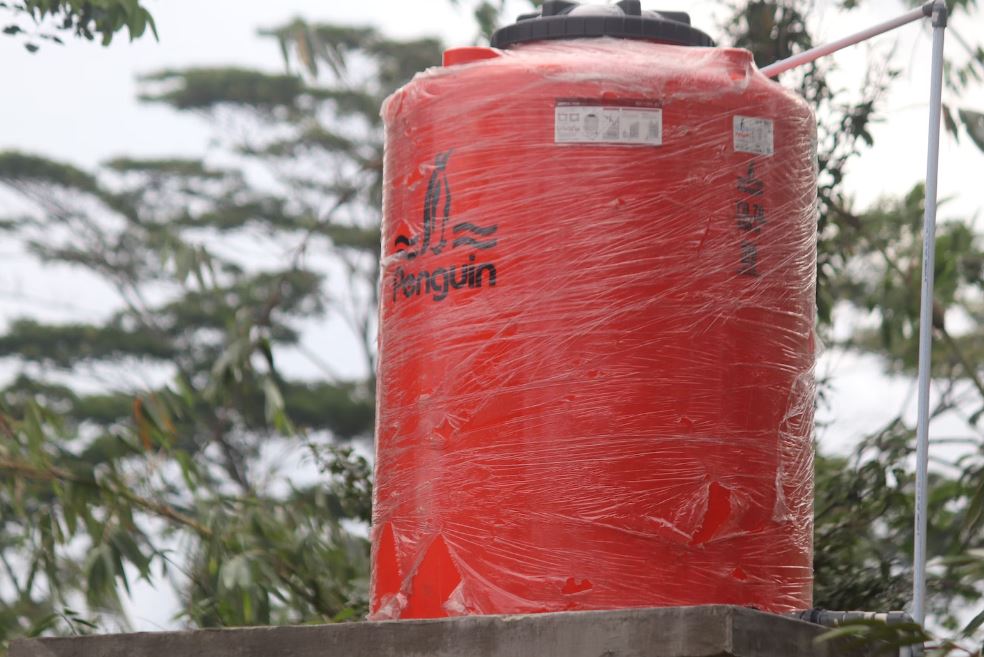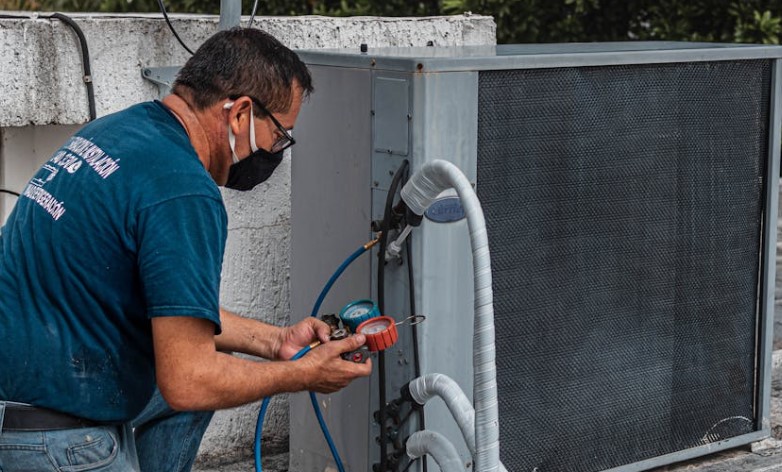Water is an essential element for all forms of life on Earth. It is used for various purposes such as drinking, cooking, cleaning, and agriculture. With the world’s population growing constantly, it becomes crucial to manage water resources efficiently. One way to do that is by using water storage tanks.
Water storage tanks are containers used to store water for later use. They come in various shapes, sizes, and materials to suit different needs and environments. These tanks can be a great solution for areas with limited or unreliable access to clean water, as well as for emergencies.
Types of Water Storage Tanks
There are several types of water storage tanks available in the market. Each type has its benefits and drawbacks, so it is essential to choose the right one for your specific needs. Here are some common types of water storage tanks:
- Plastic Tanks: These tanks are made from polyethylene and come in various sizes ranging from small household tanks to large industrial ones. They are lightweight, durable, easy to install, and relatively inexpensive. However, they may not be suitable for areas with extreme weather conditions as they can become brittle in very cold temperatures.
- Fiberglass Tanks: These tanks are made from fiberglass, which is a type of reinforced plastic. They are lightweight, strong, and corrosion-resistant, making them ideal for outdoor use. However, they can be expensive compared to other types of tanks and may require special equipment for installation.
- Concrete Tanks: These tanks are made from reinforced concrete and can be used for large-scale water storage. They are durable, fire-resistant, and can withstand extreme weather conditions. However, they are heavy and require professional installation, which can be costly.
- Steel Tanks: These tanks are made from steel and come in different shapes and sizes. They are durable, easy to install, and can be used for both above-ground and underground storage. However, they can be susceptible to corrosion, especially in areas with high humidity or saltwater exposure.
Factors to Consider when Choosing a Water Storage Tank
Choosing the right water storage tank can be overwhelming with so many options available. Here are some factors to consider before making your decision:
- Capacity: The capacity of the tank will depend on your water usage needs. For household use, a smaller tank may suffice, but for industrial or agricultural purposes, larger tanks may be necessary.
- Location: The location where the tank will be installed is crucial. If it will be placed outdoors, you need to consider factors such as weather conditions, sun exposure, and accessibility for maintenance.
- Material: As discussed earlier, different materials have different properties and are suitable for different environments. Consider the climate and conditions of your area before choosing a material.
- Cost: The cost of the tank will depend on its size, material, and installation requirements. It is essential to consider your budget while also keeping in mind the long-term costs, such as maintenance and potential repairs.
- Water Quality: The quality of the water stored in the tank is essential for its safe use. Some materials, such as plastic, may affect the taste or odor of the water. Consider using food-grade materials to ensure the water’s purity.
Proper Maintenance of Water Storage Tanks
Once you have chosen and installed a water storage tank, it is crucial to maintain it properly. Here are some tips for maintaining your water storage tank:
- Regular Cleaning: The tank should be cleaned at least once a year to remove any dirt or debris that may have accumulated. This will help prevent the growth of bacteria and algae.
- Inspect for Damage: Regularly inspect the tank for any cracks, leaks, or damage. These issues should be addressed immediately to avoid further damage or contamination.
- Check the Water Quality: Regularly test water for color, odor, or taste changes—a crucial step in tank maintenance. These changes might signal urgent issues. Streamline this by using float switches to monitor levels automatically, receiving alerts for low levels, and reducing contamination risks.
- Keep the Surrounding Area Clean: It is essential to keep the area around the tank clean and free from any potential contaminants. This includes trimming vegetation, removing debris, and keeping animals away.
- Follow Manufacturer’s Instructions: Always follow the instructions provided by the manufacturer for proper installation, maintenance, and usage of the water storage tank.
Conclusion
Water storage tanks are a practical solution for managing water resources efficiently. They come in various types and sizes, so it is crucial to consider your needs and environment before making a choice. Regular maintenance of the tank is also necessary to ensure the safety and quality of the stored water. By choosing the right water storage tank and properly maintaining it, you can have a reliable source of clean water for various purposes. So, make an informed decision when selecting a water storage tank and contribute towards sustainable water management.





